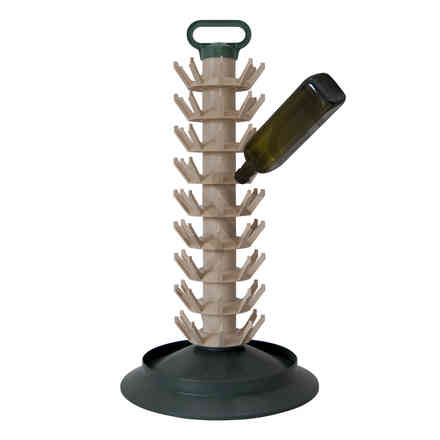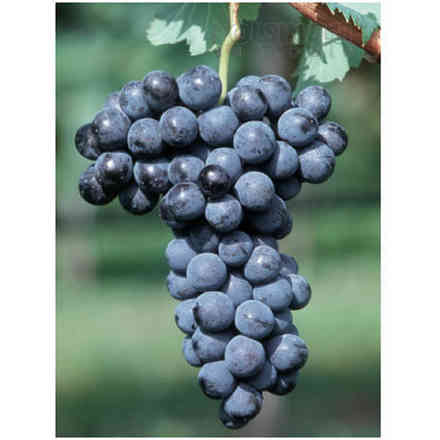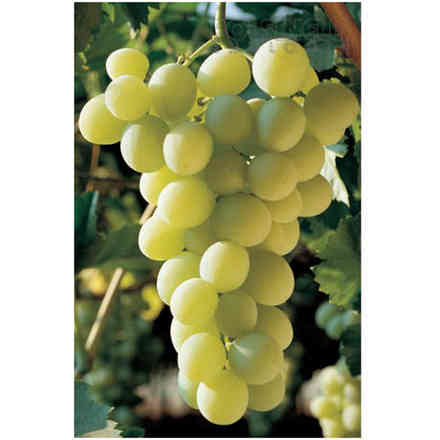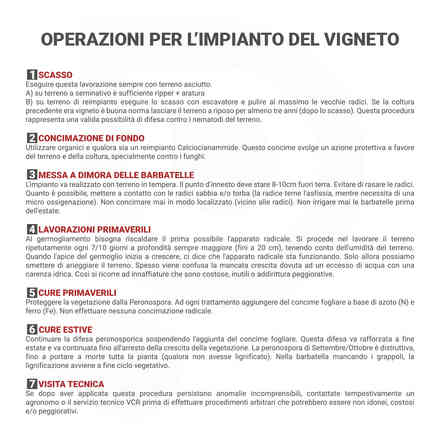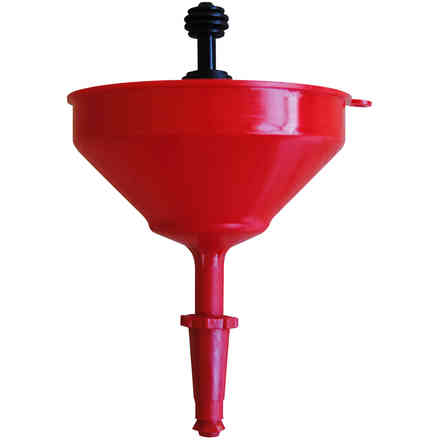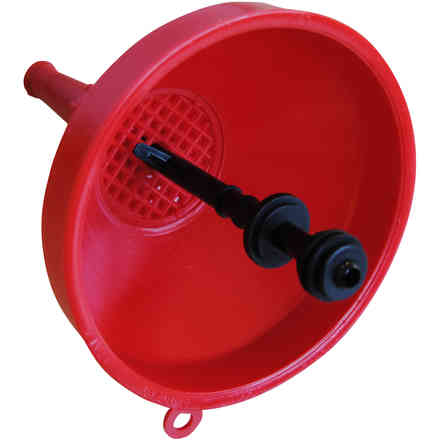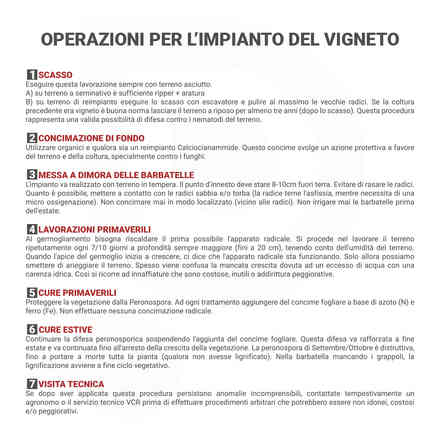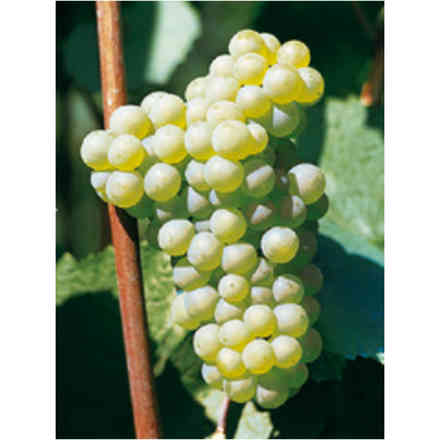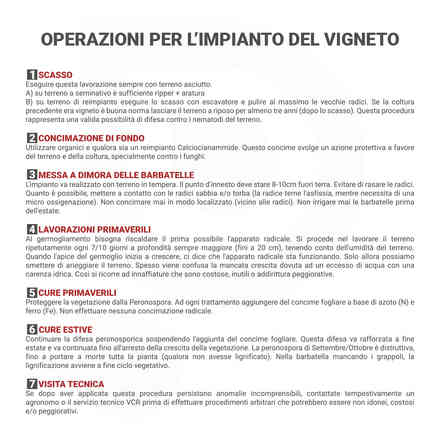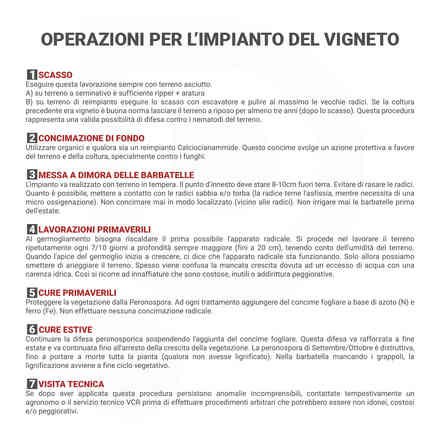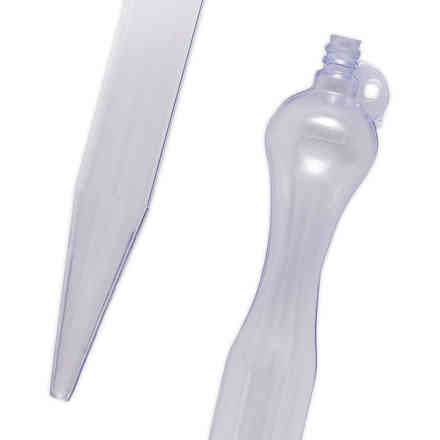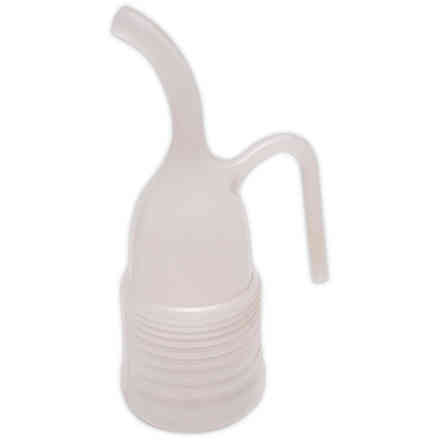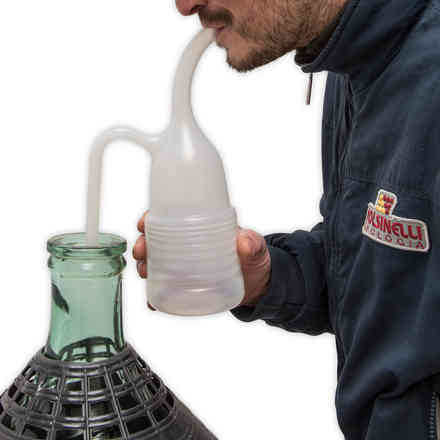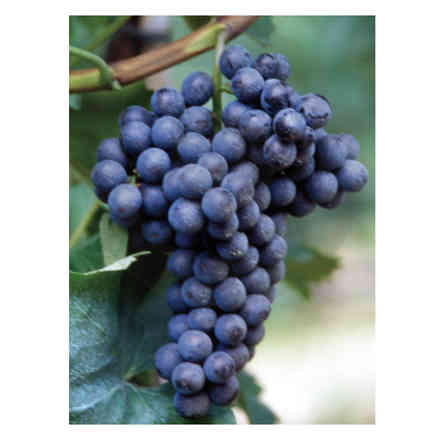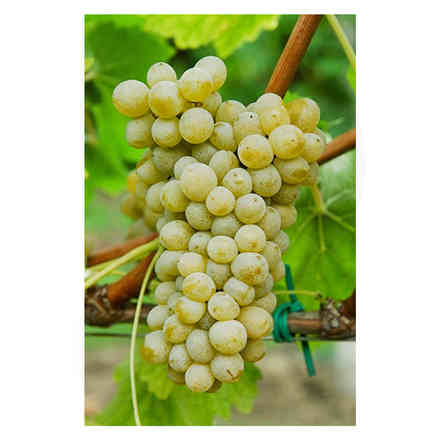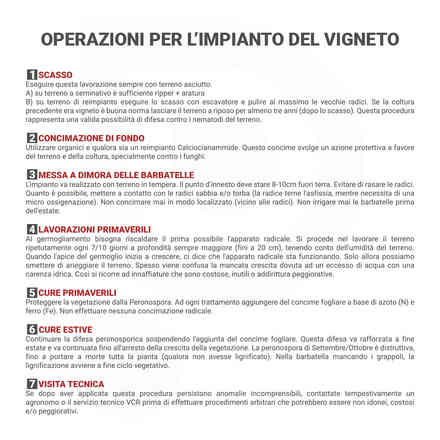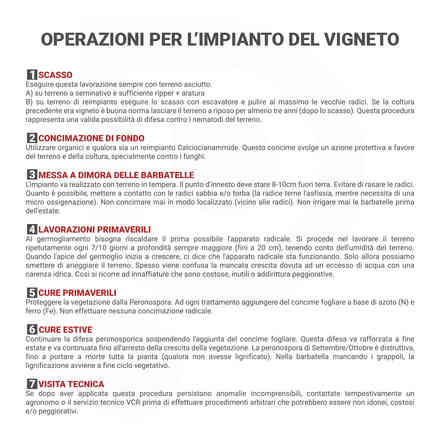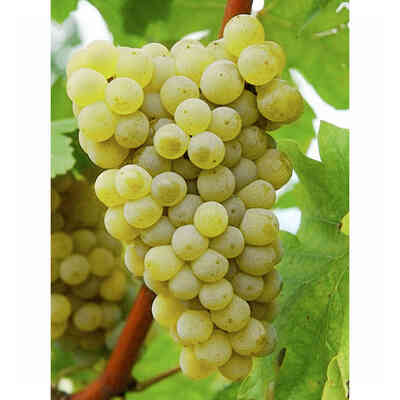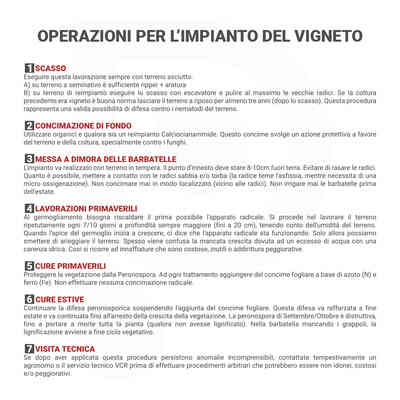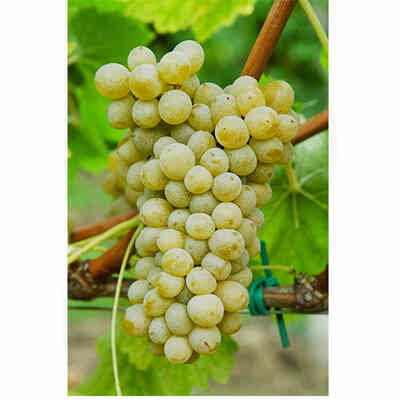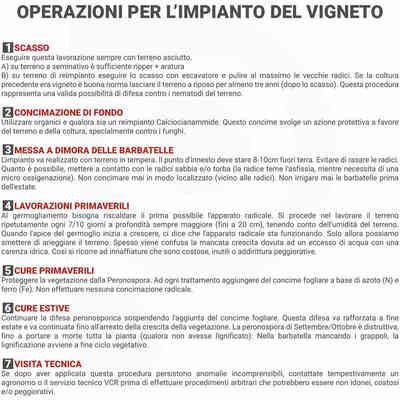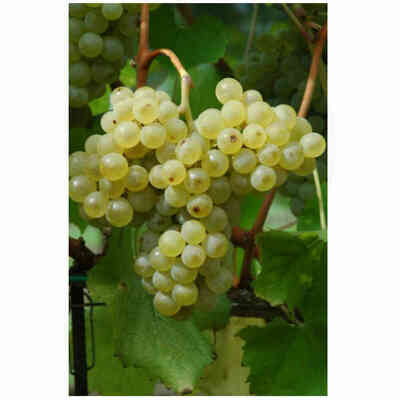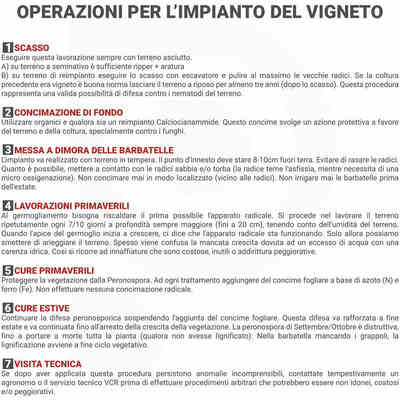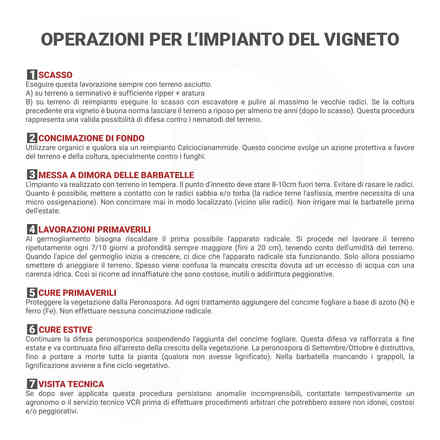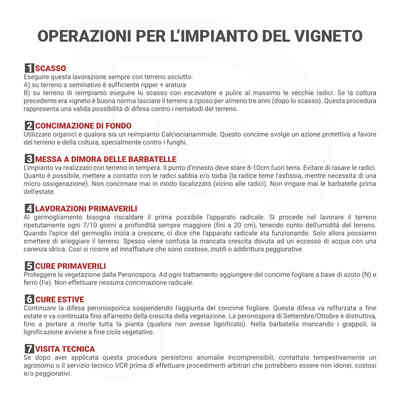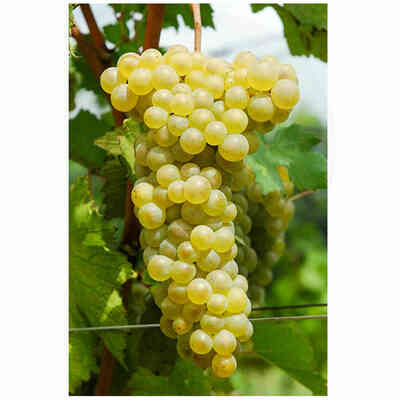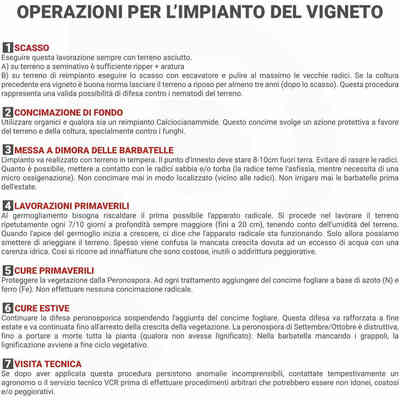Malvasia Lazio (10 pieces)
Description
 AUTHORIZED RETAILER
AUTHORIZED RETAILER
MALVASIA LAZIO (10 pieces)
Rootstocks: 1103P - K5BB - S04 - 140RU - 420A (We will send the graft carrier available at the time)
Probably originating in the eastern Mediterranean basin, it has been cultivated since Roman times only in the hills of Latium.
- Ampelographic characteristics: fairly homogeneous variety (often confused with other Malvasias), its biotypes differ only in cluster size and compactness. Open, bristly, pale green bud. The leaves are medium-large, pentagonal, almost entire, with slightly pronounced lobes, smooth, dark green, glabrous even on the underside. Smooth, dark green blade, glabrous even on the underside. Cluster: medium-large, truncated cone-shaped, with evident wings, moderately compact. Berry: medium, round, yellowish colour; consistent and pruinose skin, with evident umbilicus; juicy pulp, simple flavour, sweet.
- Cultivation aptitudes: moderately vigorous vine with semi-erect vegetation habit, medium-sized shoots with rather short internodes; adapts only to hilly and well-exposed terrain, being sensitive to cryptogams.
- Cultivation and pruning: adapts to various forms of cultivation and pruning but prefers those with medium growth.
- Sprouting time: late.
- Ripening time: medium-late.
- Production: average and inconstant, especially in some biotypes.
- Sensitivity to disease and adversity: sensitive within the norm. Good resistance to winter cold and late frosts.
- Oenological potential: not normally vinified on its own but combined with other grapes (Trebbiano and Malvasia), giving a gentle note of fragrance, flavour and body. Vinified alone it gives a straw-yellow wine, slightly aromatic, gentle and sapid, rightly alcoholic, soft.
CULTIVATED AREA IN ITALY
YEAR 1970 1982 1990 2000 2010
HECTARES 7,688 5,844 4,082 2,625 636
RULES TO PLANT A VINEYARD
1. PLOW
You must perform this operation always with dry soil
A) On arable land is generally sufficient to ripper + to plow
B) On planting soil is generally sufficient to plow with an escavator and to clean the old roots.
If the previous crop was a vineyard, it is a good idea to leave the soil fallow for at least three years (after plowing). This procedure represents a valid possibility of defence against soil nematodes.
2. SOIL FERTILIZATION
Use organics and if it is a reimplantation, use Calciumocyanamide.
This fertiliser has a protective effect on the soil and the crop, especially against fungi.
3.PROPAGATING GRAPE VINE CUTTINGS
The planting should be carried out in temperate soil. The grafting point should be 8-10 cm above ground. Avoid shaving the redices. As much as possible, put sand and/or peat in contact with the roots (the root fears asphyxiation, while it needs a micro-oxygenation). Never fertilize in a localized manner (near the roots). Never water the rooted cuttings before summer.
4.SPRING WORKS
When sprouting, the root apparatus must be heated as soon as possible. Work the soil repeatedly every 7/10 days at increasing depth (up to 20 cm), taking into account the moisture of the soil. When the apex of the bud starts to grow, it means that the root system is functioning. Only then can we stop watering the soil. Failure to grow due to access to water is often confused with a lack of water. This is why watering is used which is expensive, useless or even worse.
5.SPRING CURE
Protect vegetation from Peronospora. To each treatment add nitrogen (N) and iron (Fe) foliar fertilizer. Do not make any radical fertilization.
6.SUMMER CURE
Continue with the defense against Peronospora by suspending the addition of the foliar fertilizer. This defense should be reinforced in late summer and should be continued until vegetation growth stops.
The September/October blight is destructive, to the point of bringing death to the whole plant (if it has not lignified). The rooted vine lacks clusters, so lignification occurs at the end of the vegetative cycle.
7.TECHNICAL VISIT
If incomprehensible anomalies persist after this procedure, contact an agronomist or the VCR Technical Service promptly before carrying out arbitrary procedures which may be unsuitable, expensive and/or worsening.






















